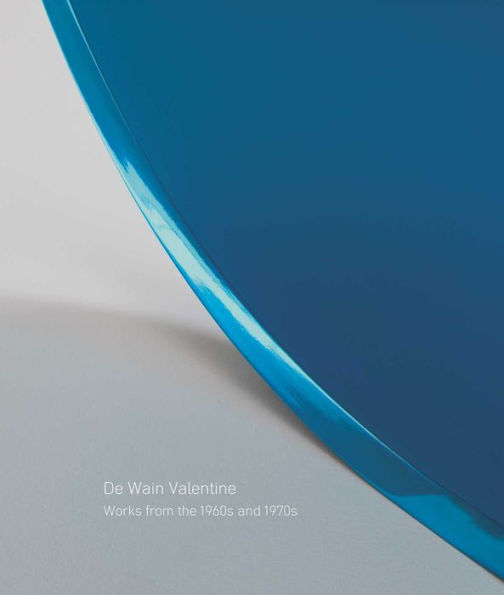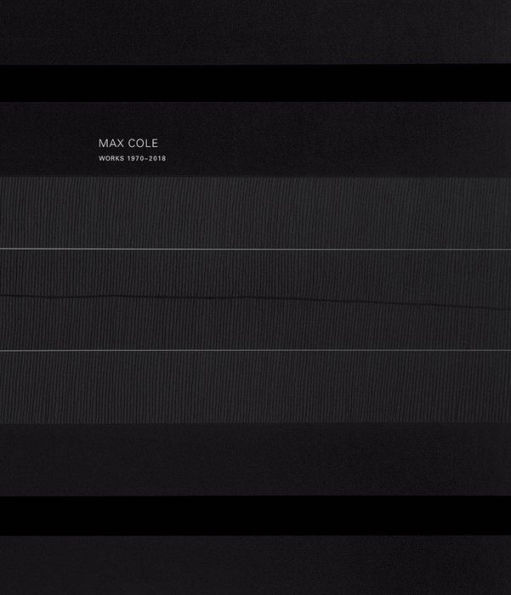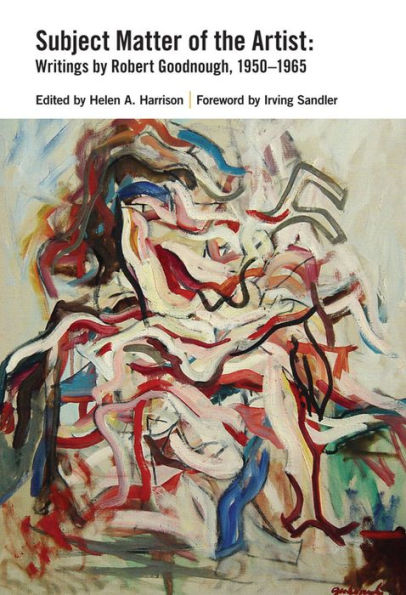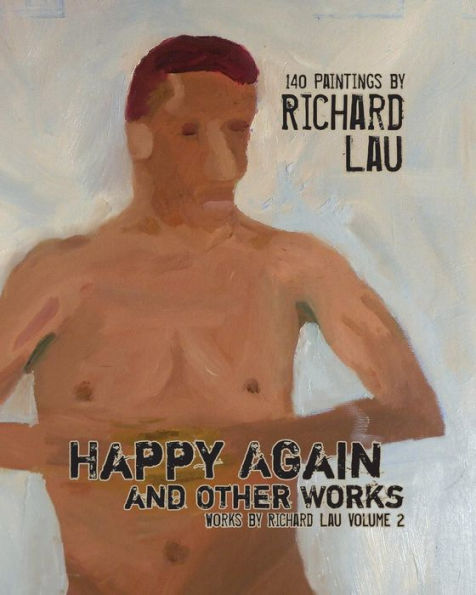Home
De Wain Valentine: Works from the 1960s and 1970s
Loading Inventory...
Barnes and Noble
De Wain Valentine: Works from the 1960s and 1970s
Current price: $45.00


Barnes and Noble
De Wain Valentine: Works from the 1960s and 1970s
Current price: $45.00
Loading Inventory...
Size: OS
*Product Information may vary - to confirm product availability, pricing, and additional information please contact Barnes and Noble
A key member of the Light and Space movement in Los Angeles during the 1960s and 1970s, De Wain Valentine is distinguished in particular by his in-depth understanding of synthetic materials and his ability to transform industrial products into artworks that investigate the seductive power of light, transparency, reflection, and surface. Published in conjunction with his critically lauded 2015 exhibition at David Zwirner, New York,
focuses on the artist’s pioneering achievements in polyester resin. A new scholarly text by Robin Clark on Valentine’s production from this period details his personal history and his innovations with this material. Influenced by the vast California landscape, he was initially confronted with material limitations: at the time, polyester resins could not be poured in volumes exceeding fifty pounds. Not willing to accept this restriction, Valentine partnered with Hastings Plastics in 1966 to create an entirely new resin that could be cast in larger quantities. The resulting material, known as Valentine MasKast Resin, allowed the artist to dramatically increase the scale of his work. With its inherent ability to contain and reflect light, while maintaining a powerful luminous dimension, polyester resin would form the foundation of Valentine’s practice.
The catalogue also features extensive documentation of
(1975–1976), two massive, identical columns that each stand twelve feet tall. Originally executed for Baxter Travenol Laboratories’ newly built corporate headquarters in Deerfield, Illinois, Valentine had conceived of two immense vertical columns standing side by side, but because of architectural modifications (the ceiling in the company’s reception area was lowered at a late stage of construction), Valentine was forced to install the two slabs on their sides. Forty years after its initial conception, the exhibition at David Zwirner represented the first time this work was presented in its intended configuration.


















